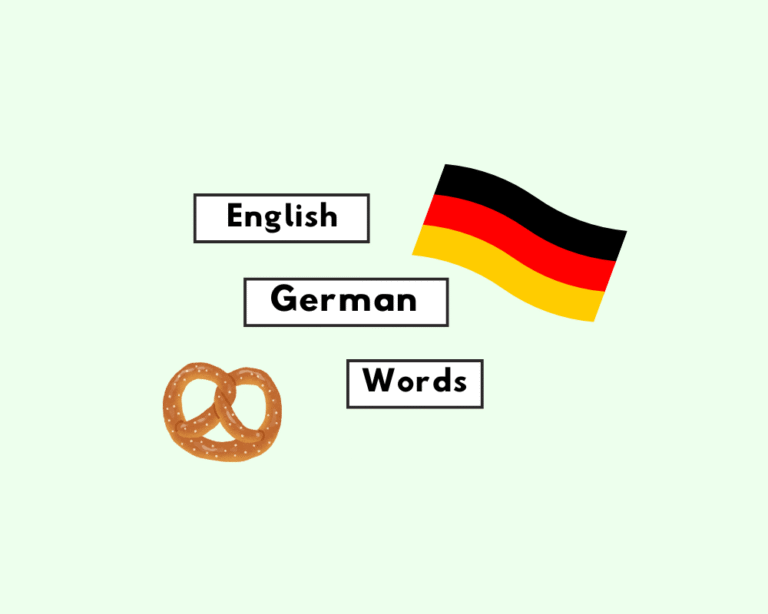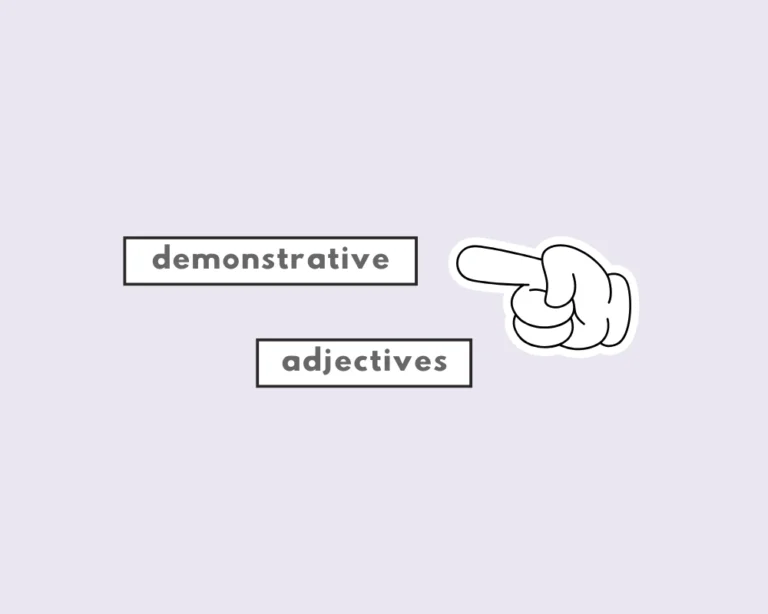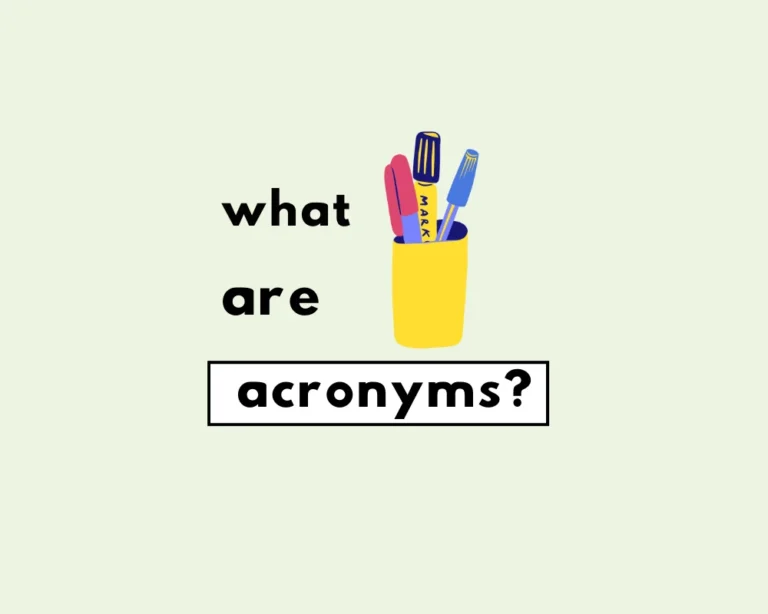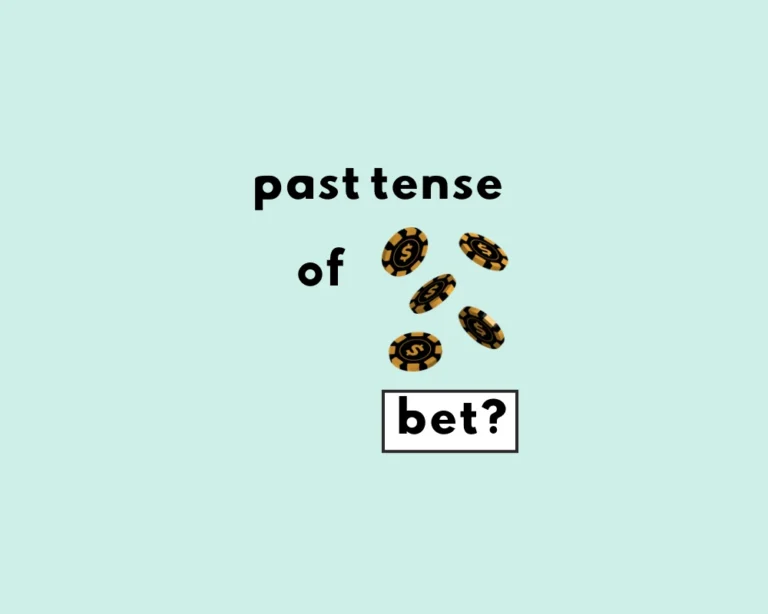Comparatives vs. superlatives
Do you ever compare things with each other? Point out the differences, your personal preferences, likes and dislikes? Have you ever stopped to think about the aspect of speech that allows us to make comparisons in the first place? Well, that’s the job of adjectives, specifically forms of adjectives known as comparatives and superlatives.
My cat is faster than your dog.
That was the best movie I’ve seen all year.
She is more tall than her sister.
He is the most good student in the class.
Comparatives and superlatives, an overview
Superlatives, visualize a hierarchy: “best” is the top, “more” compares two, and “-er” compares two.
Comparisons vs superlatives: what’s the difference, and what’s the deal? Take a look at the following sentences:
- Taylor is smart. (base adjective)
- Taylor is smarter than Ashley. (comparative)
- Taylor is the smartest of all her classmates. (superlative)
What’s the difference between each of these statements? The first sentence simply states that the person has the quality of being smart, but without saying how much or to what degree the subject has that quality or trait. This is the simple form of the adjective; it’s also the form of the word that pops up in the dictionary when we look it up.
How smart is Taylor? The second sentence tells us that Taylor, in comparison with Ashley, has more of the quality of ‘smartness’. The third sentence which uses the superlative form, ‘smartest’, tells us that Taylor possesses that trait to the highest degree or amount of anyone in her class.
Adjectives change in their form to show the extent to which something or someone possesses that quality or trait. This is known as the degrees of comparison between adjectives. The base adjective (or simple adjective) shown in the first sentence, a comparative seen in the second sentence, and the superlative form in the third sentence. The base adjective tells us the noun simply has the trait; comparisons compare the amount or how much of that quality the subject has, relative to something or someone else. Superlatives express the highest or a very high degree of a quality, e.g., bravest, kindest, smartest.
Degrees of adjectives: formation of adjectives
A base adjective or absolute adjective shows the adjective in its simple form. It mentions something as having that trait or quality, but without comparing it to anything or anyone else. See these examples of base adjectives in sentences:
Sarah is beautiful.
This cake is sweet.
This house is huge.
The comparative degree of an adjective mentions a higher degree than the simple adjective, and is used when we compare two things. Most adjectives that are single syllables form the comparative by adding an –er to the end:
Sam is stronger than Jack.
Ashley is nicer than Kate.
Frances is younger than Matthew.
For adjectives that are two syllables or more, some stick with the –er to form a comparative, where others use the word ‘more‘ before the adjective.
Sarah is more beautiful than Ashley.
Frances is more courageous than Matthew.
This test is more difficult than the last.
For simple adjectives that end in –e (nice, large, wise, brave, etc.) we simply add an –r to create the comparative form, and –st for the superlative form. Adjectives that end in –y, the -y is changed into -i before adding the –er or –st:
Happy – happier – happiest
Easy – easier – easiest
Heavy – heavier – heaviest
Wealthy – wealthier – wealthiest
If the base adjective is one syllable, ends in a single consonant that follows a short vowel, the consonant is doubled before adding -er or -est:
Thin – thinner – thinnest
Fat – fatter – fattest
Sad – sadder – saddest
Hot – hotter – hottest
Red – redder – reddest
Two syllable adjectives that end in –ful, –less, –ing, –ed and others use more and most for their comparative and superlative forms, respectively:
Useful – more useful – most useful
Hopeless – more hopeless – most hopeless
Boring – more boring – most boring
Surprised – more surprised – most surprised
Superlatives make a bold claim: they mention the highest degree or extent to which something possesses the quality or trait: ‘she’s the most compulsive liar of anyone I know.’ ‘He’s the smartest person I’ve ever met’. Single-syllable adjectives become superlatives by adding the suffix –est (or –st for adjectives that already end in e). Some two-syllable adjectives use -est to form the superlative while others use the word most. In some cases, adjectives can take on -er/-est or more/most:
More cruel – most cruel/ crueller – cruellest
More handsome – most handsome/ handsomer – handsomest
More gentle – most gentle/ gentler – gentlest
Work Sheet
According to the blog post, what do comparative forms of adjectives allow us to do?
What is the main function of a superlative adjective as described in the post?
What does a base adjective (or simple adjective) tell us, according to the post?
Which of the following comparative sentences is identified as incorrect in the blog post?
Which of the following superlative sentences is identified as incorrect in the blog post?
My house is much _________ than yours.
That was the _________ cake I’ve ever tasted.
The base adjective form of ‘smarter’ is _________.
That was the _________ movie I’ve seen all year, using the irregular form.
Using the irregular form, his performance was _________ today than yesterday.
Frequently Asked Questions
What’s the diff: comparatives vs superlatives?
+
When do I use a comparative form?
+
When do I use a superlative form?
+
How do adj. change for comparisons?
+
What are common mistakes shown?
+
Yash, D. "Superlatives vs. Comparatives: What’s the Distinction?." Grammarflex, Jun 15, 2025, https://www.grammarflex.com/degrees-of-adjectives-comparatives-and-superlatives-explained/.
Sources
-
High School English and Grammar Composition, P.C. Wren.











